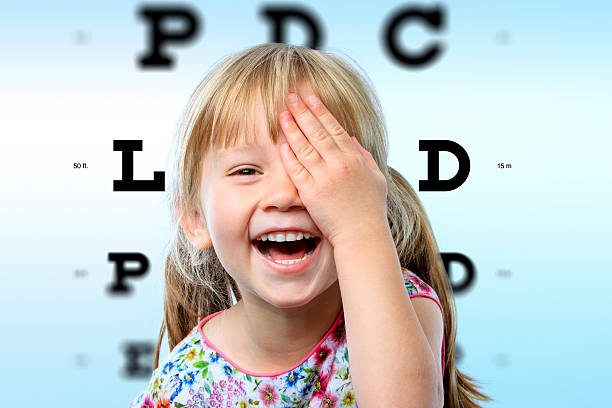
Amblyopia, commonly known as "lazy eye," is a vision disorder that affects approximately 2-3% of the global population, making it one of the most prevalent eye conditions among children. Traditionally, the standard treatment for amblyopia involved patching the stronger eye to force the weaker eye to develop better visual acuity. However, recent advancements in the field of optometry have shed light on the efficacy of a binocular approach, which is proving to be a superior and more promising treatment option for this condition.
Understanding Amblyopia:
Amblyopia occurs when the brain and the eyes fail to work together effectively, resulting in reduced visual acuity in one eye. It often develops during early childhood, when the visual system is still developing. The most common causes of amblyopia include strabismus (misaligned eyes), anisometropia (unequal refractive error between the eyes), or a combination of both.
Traditional Patching Therapy:
For many years, patching therapy has been the gold standard for treating amblyopia. It involves covering the stronger eye with an eye patch, forcing the brain to rely on the weaker eye and stimulating visual development. While patching can be effective, it has its limitations and challenges. Compliance with patching can be difficult, especially in young children who may feel self-conscious or have difficulty wearing the patch for extended periods.
The Binocular Approach:
In recent years, a growing body of research has suggested that a binocular approach may offer better outcomes for amblyopia treatment. The binocular approach aims to encourage both eyes to work together, stimulating the connections between the brain and the eyes and promoting better visual development.
One of the primary methods used in the binocular approach is the use of dichoptic therapy. This therapy involves presenting different visual stimuli to each eye simultaneously, encouraging them to work together to create a merged image. This process strengthens the connections between the brain and the weaker eye, promoting binocular vision and improving visual acuity.
Advantages of the Binocular Approach:
1. Improved Compliance: Unlike patching, which involves covering the stronger eye, the binocular approach does not require occlusion. This eliminates the discomfort and self-consciousness associated with wearing an eye patch, making it more appealing and easier for children to comply with the treatment.
2. Faster Results: Research studies have indicated that the binocular approach may yield faster and more significant improvements in visual acuity compared to patching therapy. By stimulating both eyes simultaneously, the brain receives balanced visual input, leading to enhanced neural plasticity and accelerated recovery.
3. Enhanced Depth Perception: Binocular vision allows for better depth perception, which is vital for activities such as sports, driving, and overall spatial awareness. By promoting the development of binocular vision, the binocular approach helps individuals with amblyopia to experience the world with improved depth perception.
4. Long-Term Benefits: The binocular approach has shown promising results in achieving long-term improvements in visual acuity, even after the treatment is completed. By training both eyes to work together, the brain retains the learned ability to process visual information more effectively, leading to sustained improvements in visual function.
As our understanding of amblyopia deepens, it becomes clear that the binocular approach offers a superior and more comprehensive treatment option compared to traditional patching therapy. By encouraging both eyes to work together, the binocular approach harnesses the brain's remarkable ability to adapt and rewire, promoting enhanced visual acuity and improving quality of life for individuals with amblyopia.
While patching therapy still has its place in certain cases, the rise of binocular approaches, such as dichoptic therapy, brings renewed hope and optimism.







